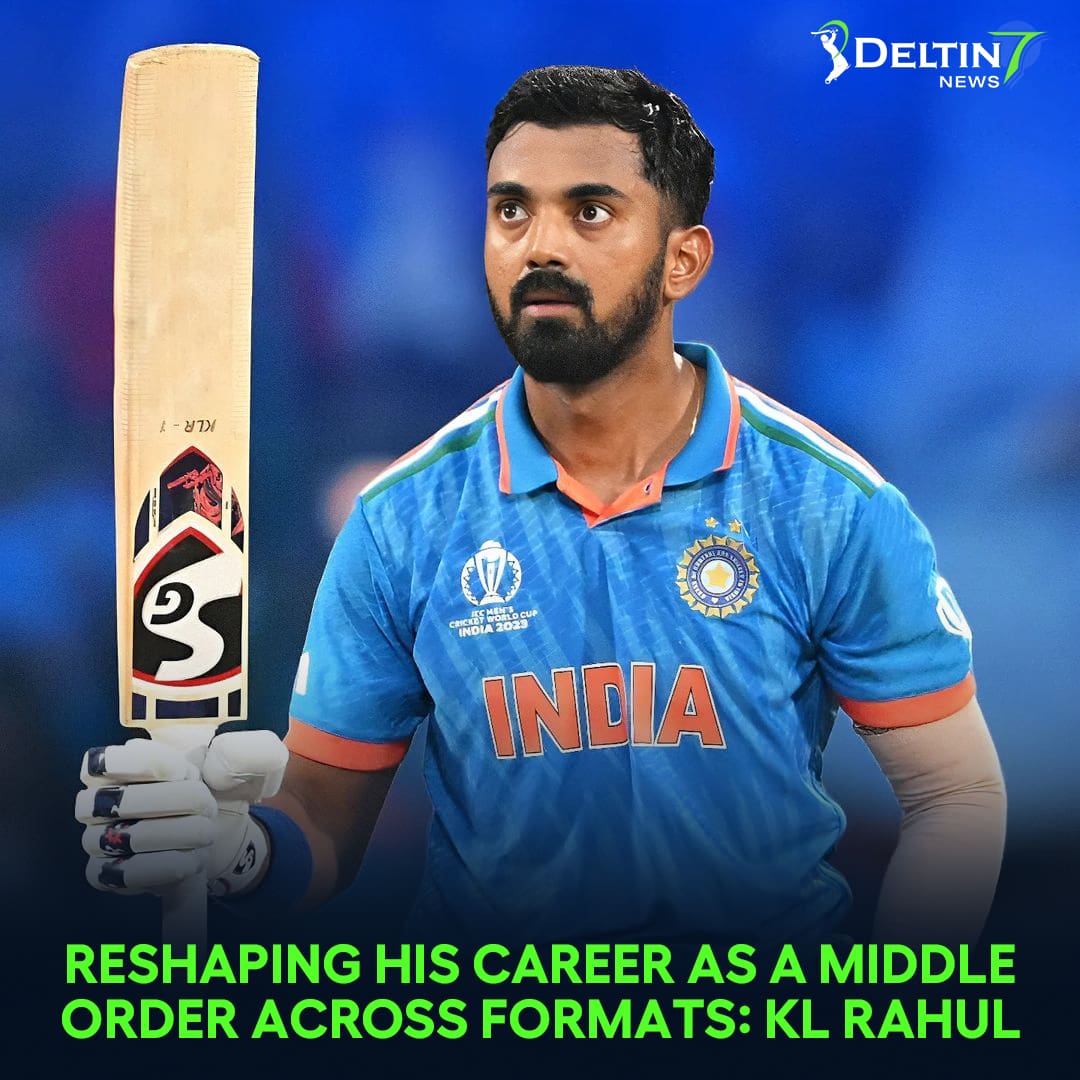
KL Rahul, the talented Indian cricketer, has been making waves in the cricketing world with his versatile batting skills. While he has primarily been known as an opener in T20 and Test matches, recent developments have seen him shift his focus to cementing his place in the middle-order across formats. This strategic move aims to provide more flexibility to the Indian team and maximize Rahul’s potential as a match-winner. In this article, we will delve into the reasons behind this shift, the challenges Rahul faces, and the potential benefits it brings to the team.
Rahul’s journey as a cricketer has been marked by his adaptability and willingness to take on different roles. While he has enjoyed success as an opener, the Indian team management recognized the need for him to contribute in the middle order as well. This decision was based on several factors, including the team’s requirements, Rahul’s strengths, and the upcoming World Cup.
Rahul’s transition from an opener to a middle-order batsman has been a gradual process. Despite his success as an opener, the team management realized the need for him to provide stability and firepower in the middle overs of an innings. This strategic move allows the team to utilize Rahul’s ability to build innings and play aggressive strokes when required.
Rahul’s shift to the middle order comes with its own set of challenges. As an opener, he was accustomed to creating the game himself and had the freedom to play with a clear mind. However, batting in the middle order requires a different approach. Rahul now needs to assess the situation, react accordingly, and adapt his game to the team’s requirements.
Rahul’s performances in the middle-order have showcased his ability to thrive in this new role. His statistics speak for themselves, with impressive numbers batting at positions 4 and 5. In 29 innings, Rahul has tallied 1,210 runs at an average of 55.00, including three centuries and eight fifties. His strike rate of 103.69 further highlights his effectiveness in the middle overs.
The Importance of Strike Rates
While Rahul has expressed his belief that strike rates are overrated, it is important to acknowledge their significance in limited-overs cricket. Strike rates play a crucial role in determining the pace of an innings and putting pressure on the opposition. Rahul’s ability to strike a balance between maintaining a steady flow of runs and accelerating when necessary will be key to his success in the middle-order.
As the 2023 World Cup approaches, India is looking to build a formidable middle-order that can handle high-pressure situations and provide match-winning contributions. Rahul’s versatility and experience make him a valuable asset in this regard. The team management recognizes his ability to handle different match scenarios and believes that his contributions in the middle order will be crucial in India’s quest for World Cup glory.
Rahul’s shift to the middle-order presents both challenges and opportunities. While he may have to adjust his mindset and approach, this change also allows him to showcase his versatility and adaptability as a batsman. It provides him with the chance to prove his worth in a different role and contribute significantly to the team’s success.
The Indian team boasts a pool of talented batsmen, and competition for places in the middle order is fierce. Players like Shreyas Iyer and Suryakumar Yadav have also shown their prowess in this role, adding depth and options to the team. Rahul will need to consistently perform and demonstrate his value to secure his place in the middle-order.
As Rahul embraces his role as a middle-order batsman, he must build momentum and maintain consistency. This will not only boost his confidence but also enhance his reputation as a reliable match-winner. Rahul’s ability to perform consistently in different conditions and against various oppositions will be vital for India’s success in international cricket.
Rahul’s decision to reshape his career as a middle-order bat has far-reaching implications for Indian cricket. It provides the team with additional flexibility and depth, allowing them to handle different match situations effectively. Rahul’s ability to adapt and perform in this new role strengthens India’s batting lineup and adds a dynamic element to their gameplay.
KL Rahul’s decision to shift his focus to the middle order marks a significant phase in his career. As he embraces this new role, he faces challenges and opportunities that will shape his future as a cricketer. The Indian team management’s belief in his abilities and his determination to succeed will play crucial roles in his journey. With the World Cup on the horizon, Rahul’s contributions in the middle order will be pivotal in India’s quest for glory.
Desert Vipers vs Dubai Capitals ,DV vs DC T20 Match Bold Prediction for Today's Exciting…
MI Cape Town vs Paarl Royals, MICT vs PR T20 Match Prediction, Today's Thrilling Match…
Rangpur Riders vs Khulna Tigers BPL T20, Today Match Prediction & Expert Team Review RGR…
Pakistan vs West Indies, PAK vs WI 2nd Test Match Prediction, Analysis & Thrilling Review…
Sydney Sixers vs Sydney Thunder BBLT20, Today Thrilling Match Prediction & Detailed Review SYS vs…
Australia vs England Women Ashes T20, Expert Match Prediction & Winning Insights AUS-W vs ENG-W…